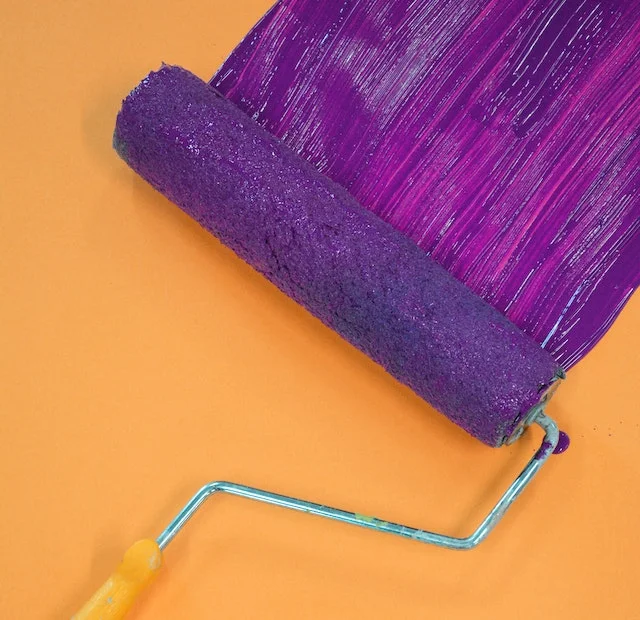Business
How Limewash Paint Differs From Other Paints

The array of paint options can be overwhelming when deciding on the perfect exterior finish for a home. Among these choices, limewash distinguishes itself with its rich history and unique properties. Originating from crushed limestone, it offers a distinct mottled appearance. However, each paint type presents its own set of advantages and characteristics. As homeowners weigh their options, understanding these differences can help them make a better, more informed decision.
Table of Contents
History And Origins
Long before the advent of modern paints, civilizations adorned their structures with naturally derived coatings. Among the most revered was a type of paint crafted from slaked lime and water. For centuries, European buildings showcased the paint’s muted tones and distinct texture, leading to a legacy that many homeowners still appreciate today. This ancient painting’s appeal not only lies in its aesthetic but also in its connection to a bygone era of simplicity and authenticity.
In addition to its European roots, limewash has global historical significance. Variations of it have been used in ancient Egyptian tombs, Greek architecture, and traditional Japanese Noh theaters. Its widespread use across different cultures and periods speaks volumes about its versatility and durability. While newer paints have flooded the market, limewash holds a timeless allure. It’s a compelling choice for those wanting to connect their homes with a broader historical context.
Unique Aesthetic Qualities
The visual distinction between limewash paint and conventional paints is immediately evident upon application. While many modern paints aim for a consistent, smooth finish, limewash provides a naturally mottled and matte texture. Its resulting aesthetic exudes an organic feel that can make structures seem as if they’ve been standing for centuries, even if they’re relatively new.
In contrast, contemporary coatings might offer a broader range of glossy or satin finishes but lack the inherent character and depth of limewash. When deciding on an exterior look, understanding these aesthetic differences becomes crucial, especially for homeowners aiming for a more historic or rustic ambiance.
Practical Benefits
Beyond its aesthetic allure, limewash stands out for a range of practical reasons when juxtaposed with modern paint varieties. The foremost advantage is its breathability. While many contemporary paints form a solid, impermeable layer, limewash permits moisture to pass through and evaporate. Particularly in older homes with solid walls, this ability helps reduce the risk of trapped moisture and consequential damage. In contrast, certain modern paints, especially those with high vinyl or acrylic content, can trap moisture, potentially leading to issues like peeling or blistering.
In addition, the alkaline nature of limewash provides an environment less hospitable to fungi and mold, a unique protective feature not commonly found in standard paints. Many conventional paints might tout resistance to fading or UV damage but might not provide the same organic protection and breathability. This distinction underlines the importance of assessing both aesthetic desires and the structural needs of the building before making a paint selection.
Environmental Impact
In an era where environmental consciousness is growing, the choice of paint can also reflect one’s commitment to sustainability. Traditional limewash uses minimal resources during the production process and is free from the volatile organic compounds (VOCs) commonly found in many modern paints. These VOCs contribute to indoor and outdoor air pollution, with potential health implications for residents and the broader environment. Furthermore, limewash’s natural ingredients decompose without leaving harmful residues, unlike the synthetic components of many contemporary paints. For homeowners aiming to minimize their ecological footprint, understanding the environmental impact of their chosen paint is indispensable. Limewash provides a greener alternative.
Conclusion
Selecting the right paint for a home goes beyond mere aesthetics. It’s a choice that weaves together history, practicality, and environmental responsibility. Limewash, with its storied past and unique characteristics, offers a compelling option for those seeking both charm and functionality. Yet, as with all decisions, it’s essential to consider individual needs and the broader implications of our choices. Whether prioritizing sustainability, historical authenticity, or practical benefits, understanding the nuances between types of paint ensures a well-informed decision.
Also, Read – How Can Waterpoof exterior Wall Paint Help?

-

 Business3 years ago
Business3 years agoHow to Do Long-Distance Moves with Children
-

 Travel2 years ago
Travel2 years agoQuick Guide: Moving To Santa Rosa?
-

 Real Estate3 years ago
Real Estate3 years agoWhy Dubai Festival City is a Great Neighbourhood for Young Learners
-

 Business3 years ago
Business3 years agoIs Guest Posting a Good Inbound Marketing Strategy?
-

 Business1 year ago
Business1 year agoThe Ultimate Guide To Thriving In Your Printing Franchise
-

 Business1 year ago
Business1 year agoExploring The Benefits And Challenges Of Restaurant Franchising
-

 Tech3 years ago
Tech3 years agoCyber Table That Will Change Your Life
-

 Lifestyle1 year ago
Lifestyle1 year agoDallas’ Hidden Gems: 6 Must-Try Restaurants Off The Beaten Path!









Recent Comments